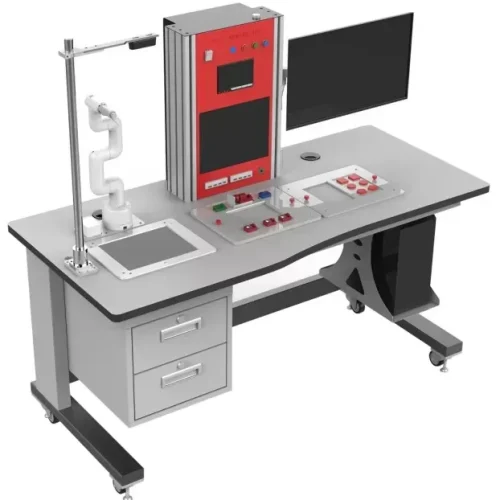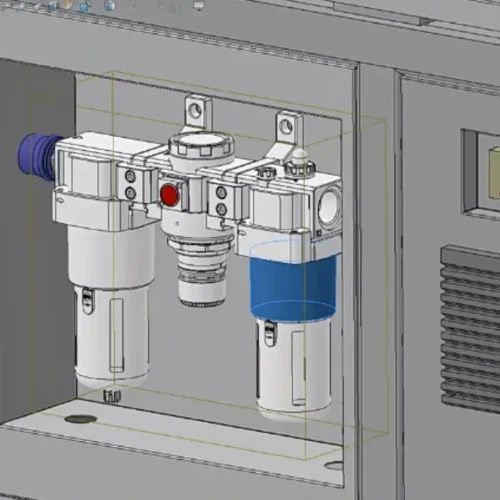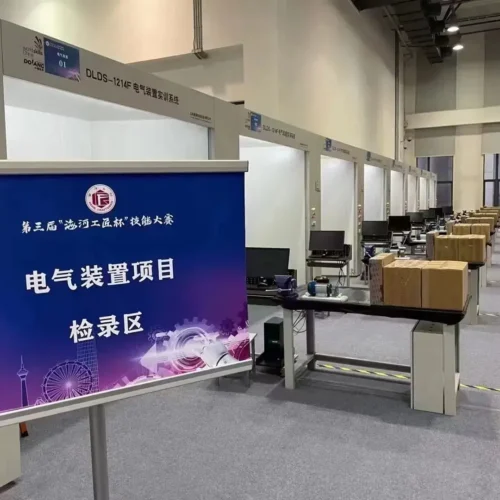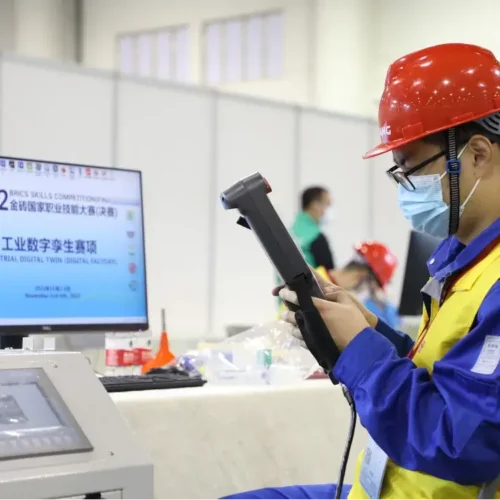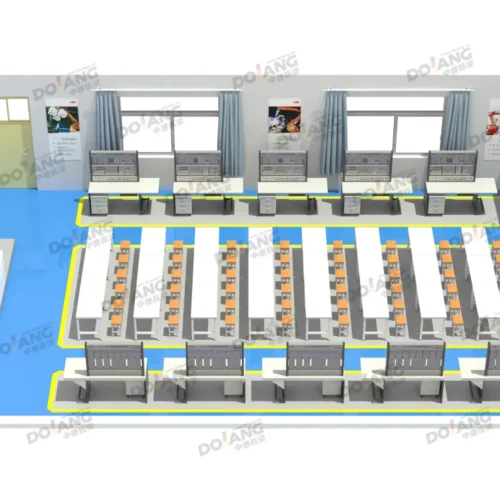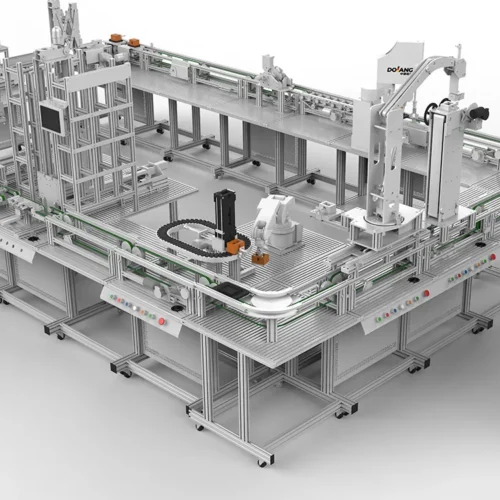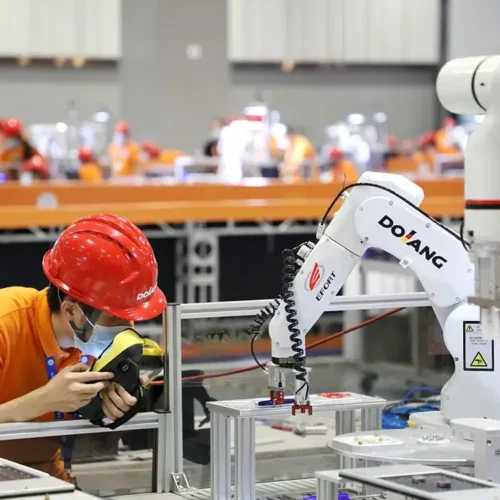The industrial change has made technology an integral part in the manufacturing process. Machines simplify the manufacturing process resulting in enhanced productivity and a high ROI. The use of machines to replace human power is a key factor in the industrial revolution. The four industrial revolutions in the past few centuries have brought about many changes in the sector.
The use of machines at first and the current automation and digitization have created a huge impact. Also termed as FI4 or the Fourth industrial revolution, Industry 4.0 is the latest in line. It features superior automation, smart machines, and smart workplaces. Here is a deeper insight into the concept. You will get to know what is industry 4.0, the changes it has brought, and more in detail here.
What is Industry 4.0?
Industry 4.0 is a radical phase of the manufacturing sector. It is also called 4IR or the fourth industrial revolution. Industry 4.0 definition states it is the digital change of the production industries. It denotes the existing automation and data exchange trend in the manufacturing field.
The technology comprises cyber-physical systems. It uses advanced control systems, embedded software, and the IoT (Internet of Things). The objective of this digital change is to integrate networking and communication of products, and production processes. This results in
- Newer production methods
- Enhanced value
- Optimization of processes and products in real-time
Role Of Industry 4.0 In Transforming the Training and Development Of Workforce
Industry 4.0 has taken over human work to a great extent. But there are some significant changes that operators need to contend with.
- One is the fact that humans have to take over complicated tasks that are intricate and diverse. The complexity makes them difficult to be completed with automation.
- Another vital factor is the increased stress on operators. This is due to stringent regulatory practices and short product cycles.
- The rapid pace at which the changes occur impact the productivity of workers. They find it hard to keep abreast with the developments.
When businesses start providing the required aid and resources, it is easier for operators to conform to the changes. Industry 4.0 training methods and devices help in bridging the gap due to several factors:
- They allow self-guidance for employees in their learning curve. This helps companies to protect valuable resources from depletion.
- Continuous improvement is possible due to real-time data collection on the progress of the training.
- The devices provide easy-to-understand and customizable instructions for all tasks.
Benefits Of Industry 4.0 Training Systems
Industries stand to benefit in many ways from the technology. The perks include reduced cost, mass customization, and enhanced operational efficiency. To enable these benefits using industry 4.0 training courses or an industry 4.0 training program is a wise choice.
Adoption of the revolutionary method helps companies to maintain a competitive edge. Hence companies must use digital industry 4.0 training devices like the Dolang training equipment systems. Some of the important benefits of the industry 4.0 training processes include
- Virtualization with the use of technologies like Augmented and Virtual reality. The methods help in the exchange, tracking, controlling, and simulation of information in an automated manner.
- Intelligent digitization methods used to simplify value-chain complexity.
- The use of technologies such as 3D printing, smart grids, internet of things, etc.
- Improved resource efficiency and optimized machine operation with the use of adaptive industry 4.0 systems.
- Simulation helps ensure product quality and minimize costs. In the event of errors, simulations help to reduce the downtimes. With possible outcomes, decision-making is easier.
How Companies Leverage Industry 4.0
At present, only a few industries show high adoption and future application potential. These include electronics, automotive, electrical, and machinery segments. Other industries that show promising potential include logistics, engineering, plastics, metals, and more. Some examples of how the technology works include:
- IoT-connected devices allow workers to verify their progress while they learn. Some examples are scales, cameras, and barcode scanners
- Augmented reality (AR) devices provide immersive training for workers
- Wearable sensors help in tracking employee progress shortening their learning curve. They help to identify new optimization ways.
- Tailored learning modules come with integrated systems to help in tracking progress. These include audio, video, graphics, and feedback.
- Access to data in real-time enables customized and data-driven feedback on workers. This helps companies to install an efficient and deep practice strategy.
- Engineers design customized training applications using manufacturing apps for achieving specific outputs.
Potential Challenges And Influencing Factors In Industry 4.0 Training System Implementation
Some of the challenges faced by industries in implementing the Industry 4.0 training systems include
Cost
The technology uses systems like IoT networks. It links all the involved components of the value creation system. To help workers to adopt the new technology industries need to invest heavily in educational guides and skills training.
Accessibility
The availability of quality and effective training systems is not possible for many industries. This is due to the lack of autonomy in the existing systems.
It prevents industries from adopting smart manufacturing. Many industries have not verified the integrity and quality of the recorded data. This results in difficulties in using them.
Scalability
The absence of scalability is another challenge the industrial 4.0 training systems have to overcome. A lack of bandwidth in the existing network protocols may need a long time to improve.
Further, the existing production processes will not allow the adoption of a large-scale reconfiguration for customized and individualized products. The amount of money invested by industries will eventually be a deciding factor. It will help in the large-scale implementation of the training systems.
Final Thoughts
Successful application of technology industry 4.0 is key to effective results. It ensures easy access to products and services for consumers, businesses, and the stakeholders of the value chain. Reduced waste, more productivity, and high efficiency are possible to attain.
The use of industry 4.0 training systems thus plays a crucial role in the adoption of the technology. The Dolang training systems for Industry 4.0 are perfect tools for companies in the adoption process.
The company has more than two decades of experience in building educational training kits. It can meet the needs of industries in search of industry 4.0 solutions. The training systems help to integrate information technology into advanced manufacturing sectors resulting in enhanced productivity.


